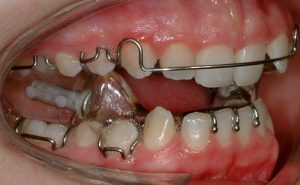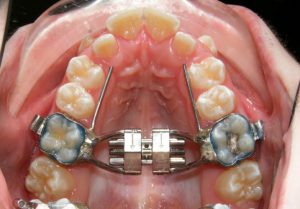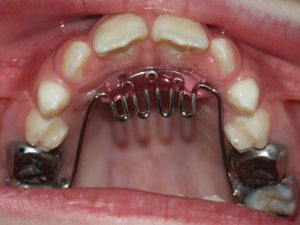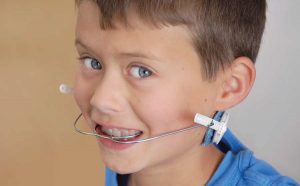The Benefits of Phase I Orthodontic Treatment

In orthodontics there are two phases for the types of treatments suggested and used for different patients. Whether you know it or not, you’re probably already familiar with “Phase II” orthodontic treatments. These include things like braces and aligners, which move permanent adult teeth into more desirable or functional positions.
So if braces are Phase II orthodontic treatments, what are Phase I treatments? Read below to find out, and learn more about why they can be very important for your health.
What Are Phase I Orthodontic Treatments?
Phase I orthodontic treatments are targeted not towards repositioning teeth, but guiding the actual growth of the teeth and jaw in early childhood.
Types of Phase I treatments include:
- Functional appliances: These appliances involve the use of removable plates to help align the upper and lower jaws of growing children and teenagers so that the jaws come together properly. This is useful particularly where the lower jaw is small. The upper plate may also incorporate an upper midline screw for lateral development.

- Expansion Appliances: These are designed to expand typically the arch of the upper. This is to allow the correction of a constricted upper jaw and to allow the upper and lower arches to coordinate well.

- Digit Sucking Deterrents: Habitually sucking on your thumb in early childhood can actually have fairly negative consequences to jaw development and tooth positioning when permanent teeth erupt. Digit sucking deterrents are simple devices which help children to get out of thumb or finger sucking in early childhood, allowing their mouths to develop properly.

- Headgear: Orthodontic headgear is when wires from braces need to be anchored by something more than just teeth. Generally, this means anchoring the wires to the back of the head for extra support. Headgear in Phase I orthodontics is used to provide that additional support necessary for particularly tough realignment cases, or when there simply aren’t enough teeth yet to anchor off. “Reverse” headgear is when the appliance is anchored to the face rather than the back of the head.

- Bite Plane Appliance: A bite plane appliance helps guide the position and growth of the teeth. These appliances can be taken out and are often worn part-time. Through applying gentle pressure, they ensure the upper and lower teeth fit together properly and don’t cause issues.

The Importance of Phase I Treatment
There are two primary benefits to Phase I orthodontic treatment:
- To help the teeth, jaws, and tongue develop properly.
- To prevent problems and avoid expensive, time-consuming orthodontic treatment in the future.
Ours mouths are incredibly important. They allow us to chew, eat, and speak. When our mouths have developmental problems, it can have fairly wide-reaching consequences, particularly in children. Phase I orthodontic treatments help to ensure that a child is growing up with a functioning mouth that doesn’t impede the rest of their development, be it their overall health or ability to speak.
While it’s not always possible to predict everything that might go wrong, many orthodontic issues can actually be seen coming a while off if there’s adequate and frequent monitoring. It might be clear from a young age that a child’s permanent teeth will have problems when they erupt, for example. Phase I treatments allow this problem to be nipped in the bud through simpler, generally less invasive treatment options than full orthodontic treatment in later life.
